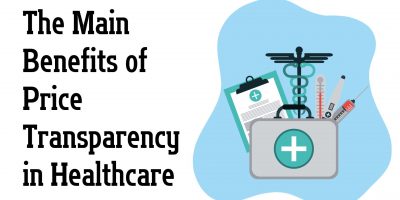
The Main Benefits of Price Transparency in Healthcare
How can organizations and patients adapt to the shift toward consumer-centric pricing transparency?

The emergence of COVID-19 disrupted the world and caused enormous instability. In the workforce, businesses had to adjust to the new normal to continue operating swiftly. However, the social and economic shift caused difficulties.
This, in turn, caused a significant increase in mental health issues for the employers and employees navigating their way through uncertain times.


Social distancing and lockdowns have become part of our regular life now. Hearing the statistics can put things more in perspective and help us better understand the state of the world. However, it is essential to remember that those numbers represent real people going through real challenges.
Browse our curated list of vendors to find the best solution for your needs.
Subscribe to our newsletter for the latest trends, expert tips, and workplace insights!

How can organizations and patients adapt to the shift toward consumer-centric pricing transparency?

Caregiving comes with emotional and financial challenges. Alaina Melena of Family First shares practical tips to manage costs while keeping your family’s well-being front and center. Learn how to budget wisely, access resources, and provide compassionate care without sacrificing financial security.

Telehealth, which surged in use during the pandemic, has now established itself as a permanent fixture in healthcare. But how does it fare against in-person care?

Health insurance is not one-size-fits-all. Therefore, understanding what a health maintenance organization is and weighing its benefits and disadvantages can significantly affect your health, finances, and quality of life.
Used by most of the top employee benefits consultants in the US, Shortlister is where you can find, research and select HR and benefits vendors for your clients.
Shortlister helps you reach your ideal prospects. Claim your free account to control your message and receive employer, consultant and health plan leads.